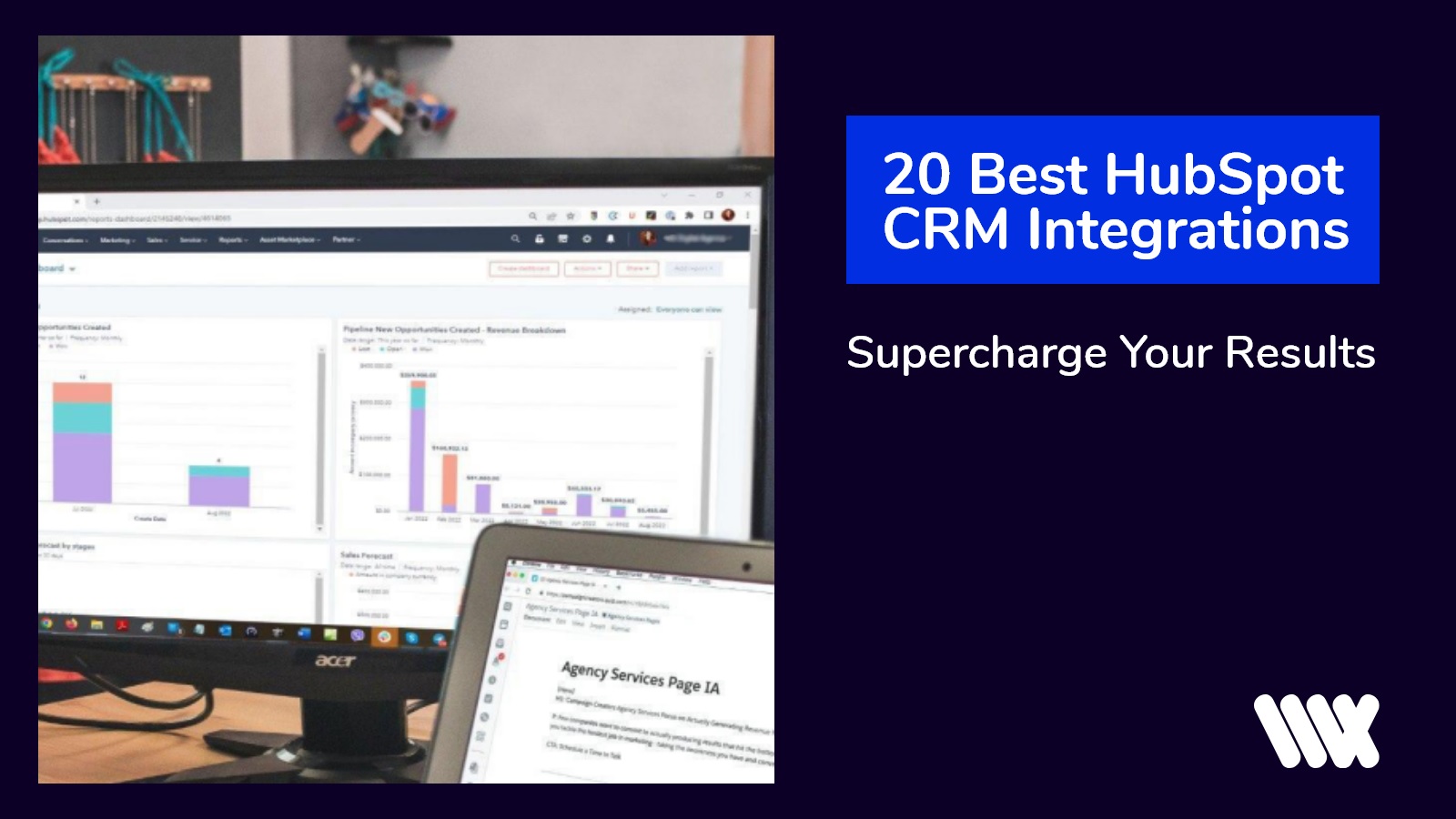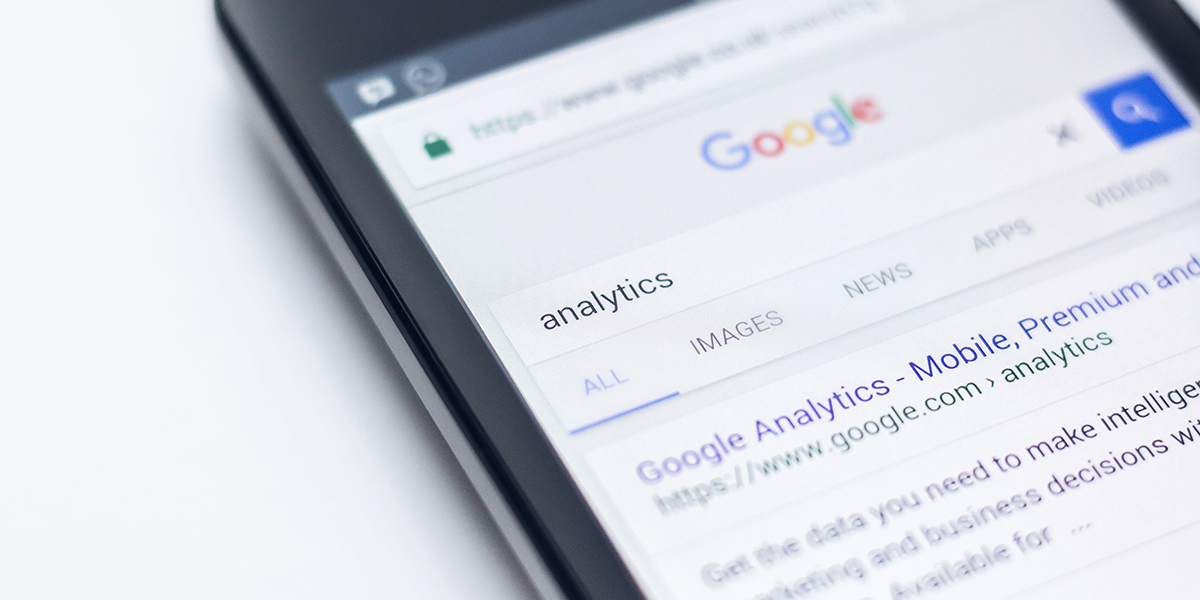Email as a marketing tool: still alive and stronger than ever!

Go ahead and admit it: you think using email as a marketing tool is invasive, old school, outdated and spam sensitive. Let me share with you why it can work for your business and how to do email marketing effectively.
The truth about Email Marketing
Let´s take notice that there are more than 40 billion email accounts worldwide and that over 90% of the account holders check their email every day.
Add to that the long lifespan of an email (it stays in your inbox until you delete or archive it), and you get a marketing tool that outlasts any social media channel. To top it of, it’s a cost effective solution in comparison to other media, with an ROI of 4,300% according to HubSpot. I bet I got your attention now, so let’s dive into the specifics.
Email Marketing 101
As explained by the Gurus of inbound marketing at HubSpot, a successful email marketing campaign is about getting the right email (read: message) to the right person at the right time. Here is how you can get started with email marketing for your business.
Define your audience
The first step is finding out who your audience is. You do this by creating Buyer Personas, or fictional representations of your ideal client. The more detailed you can be about the different types of clients you have, the better you’ll be able to relate to them and deliver content they are interested in. Think about it, you don't want to receive emails you don't care about, right? Neither do your audiences! So buyer personas are the key to effective email marketing and happy readers.
Start segmenting
Blasting out an email to your entire contact database will not drive you to the results you’re looking for, it might actually hit you negatively (bad reputation, spam reports, etc.) So now that you have your buyer personas, you need to segment your contact database. I know, it sounds like more work, but keep this number in mind: 62%. That’s the percentage of clicks segmented emails receive vs non-segmented emails, so segment to your heart’s desire: by city, age, job title, hobby, type of business, favorite basketball team… whatever you think is relevant to your business and your client.
Create appealing content
Now you need to create content that will interest your audience. Think value. Don’t be pushy with your product or service, don’t ask for something in return. Instead, offer your clients/contacts something useful, address an issue they might be facing, answer some FAQs, send a quick video or infographic. Be consistent in your solutions as you build a relationship with your lead or client. Remember to optimize for mobile. Use fonts that are readable and make sure it looks good on small screens too, since 47% of emails are opened while on the go.
Timing of your email
The last step is sending the content at the right time. This refers to where your lead is on the buyer’s journey, the one we have all gone through, that goes from realizing you have a problem or opportunity, to researching solutions for it, to actually purchasing one. These three stages are:
- Awareness. When your contact is experiencing symptoms of a problem or opportunity, but are not quite sure what it is so they try to define it by doing educational research about it.
- Consideration. When your lead already know what their problem or opportunity is, and want to find out all the possible ways of solving it.
- Decision. When the lead already decided on the suitable plan of action to solve their problem or opportunity, and are looking for products or vendors that can deliver this solution.
To put those buyer journey stages in perspective, the content you create for a lead that is just figuring out that they have a problem will be totally different from the content you send to a client who has done their research and is ready to buy the solution.
Test
It’s important to test your email, to ensure that it arrives correctly and looks well in your client's hands and any of their preferred devices. There is plenty of tools out there that can help you to test. If you are a HubSpot client, then use the in-built tool to test. If you are using another tool and need some practical advice, just start a chat with me by clicking here :)
Take aways
Now that you know who to send your email to, when to send it, and what to send them, it’s time to put that contact database to use. It will take more than one email to gain the leads’ trust (and data -- I will share about this soon in another article) but you are building a relationship, it’ll be worth it and paid back tenfold. Make sure you look back at metrics such as: open rates, click through rates, bounce rates, spam reports. etc, to better understand if your email was effective and refine your content for the next email and SKYROCKET your email marketing activities. Always aim to improve and optimize.
By the way, SOON I will be sharing another article with you on how to optimize your email efforts towards mobile users. Want to get notified even before we publish it here on :)? Click to get notified!


